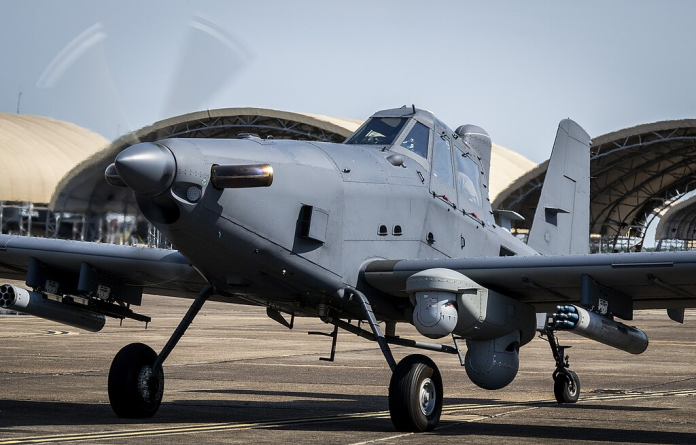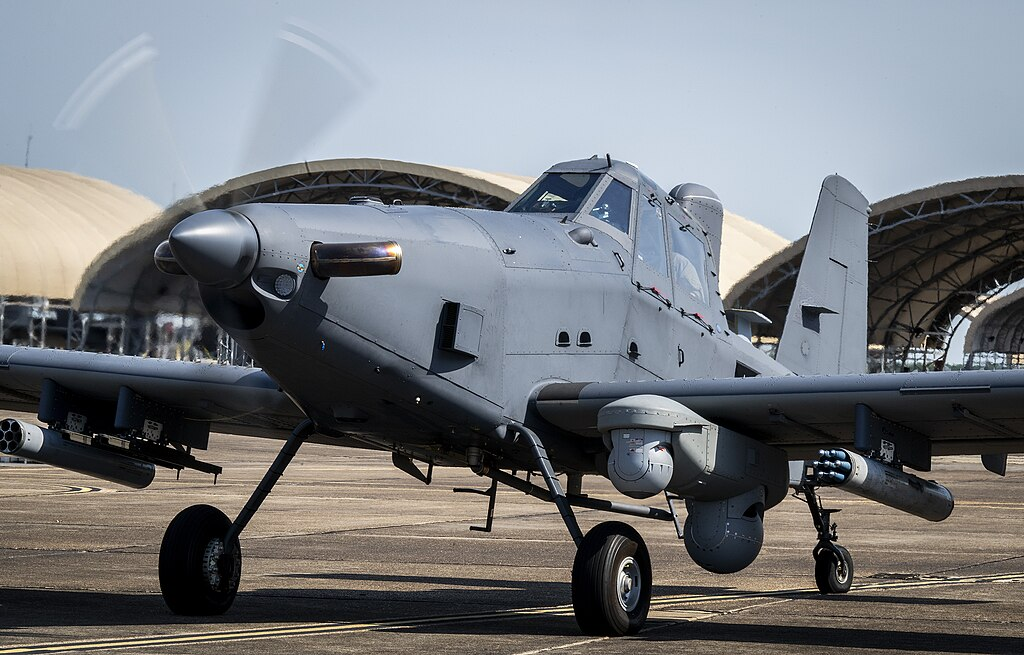
It started with a cloud of smoke over an Oklahoma field the result of a crash landing by one of the newest aircraft of the U.S. Air Force Special Operations Command, the OA-1K Skyraider II. The two pilots were shaken but unharmed, but the incident drew attention to a moment in a program that was already the target of withering attacks.
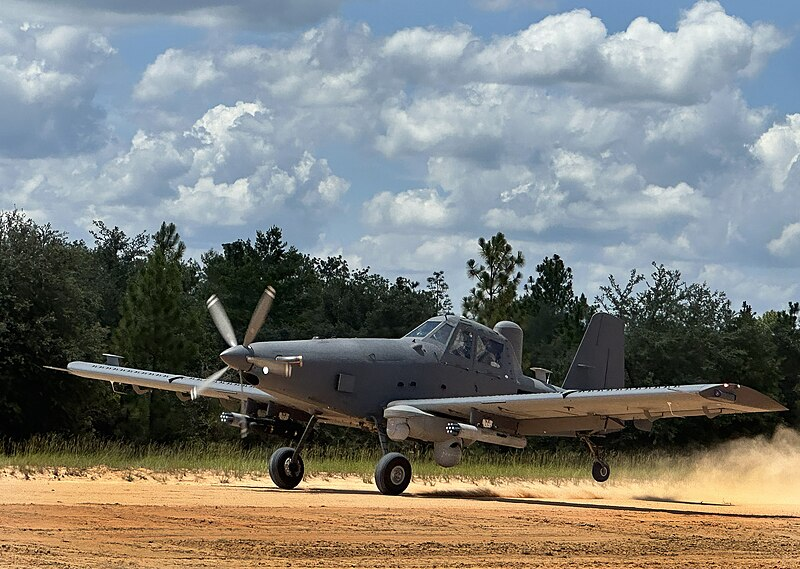
The OA-1K, a militarized derivative of a crop duster, was conceived as a cost-effective, flexible platform for missions far from the high-end battlefields of the Pacific. Yet, as the Pentagon pivots toward great power competition, questions about its relevance, procurement pace, and operational role have only grown louder. This listicle examines the most compelling aspects of the Skyraider II’s story from its crash to its heritage, capabilities, and uncertain future.

1. Oklahoma Crash and Rapid Response
While on a training mission outside Will Rogers International Airport, an OA-1K Skyraider II aircraft crashed into a field and knocked over two power poles and ignited a small grass fire. The Oklahoma Air National Guard stated that both passengers aboard one an active-duty Air Force person, the other a contractor were not harmed. Emergency crews promptly extinguished the blaze and started repairing power cables. The origin of the cause is still being investigated, but the ruggedness of the aircraft, which had its roots as an agricultural aviation aircraft, might have helped with survivability in the accident. Designed to take off and land on crude, unsurfaced airstrips, OA-1K airframe is a robust one, and this could have avoided the impact damage.

2. From Crop Duster to Combat Aircraft
The OA-1K is constructed on the Air Tractor AT-802, a heavy lift capacity crop duster commercial plane able to fly off austere strips. L3Harris adapted this workhorse into a militarized platform for the Armed Overwatch program, for example, with armor plate, sensors, weapon pylons, and best-of-breed communications. The end product is a tail-dragging turboprop that can carry up to 6,000 pounds of ordnance and remain on station for six hours over a zone of attack. Its mission-modular design enables crews to exchange payloads to support close air support, armed intelligence, surveillance, and reconnaissance, or precision-strike operations, which makes it AFSOC’s most flexible aircraft.

3. A Name with Vietnam-Era Heritage
Nominally designated Skyraider II, OA-1K is a reference to the legendary A-1 Skyraider, piston-driven ground attack plane renowned for its staying power and firepower capability in Korea and Vietnam wars. Its forebear was a low-and-slow ordnance, employed as an escort to support rescue helicopters and as extended firepower in areas of conflict. AFSOC commander Lt. Gen. Michael Conley stated, “I think we have a talent that is uniquely ours, and we’re going to be able to shape that into something the rest of the country may not even know they need at this point in time.” The name selection was driven by a necessity to create an association with demonstrated combat capability but meet contemporary mission needs.
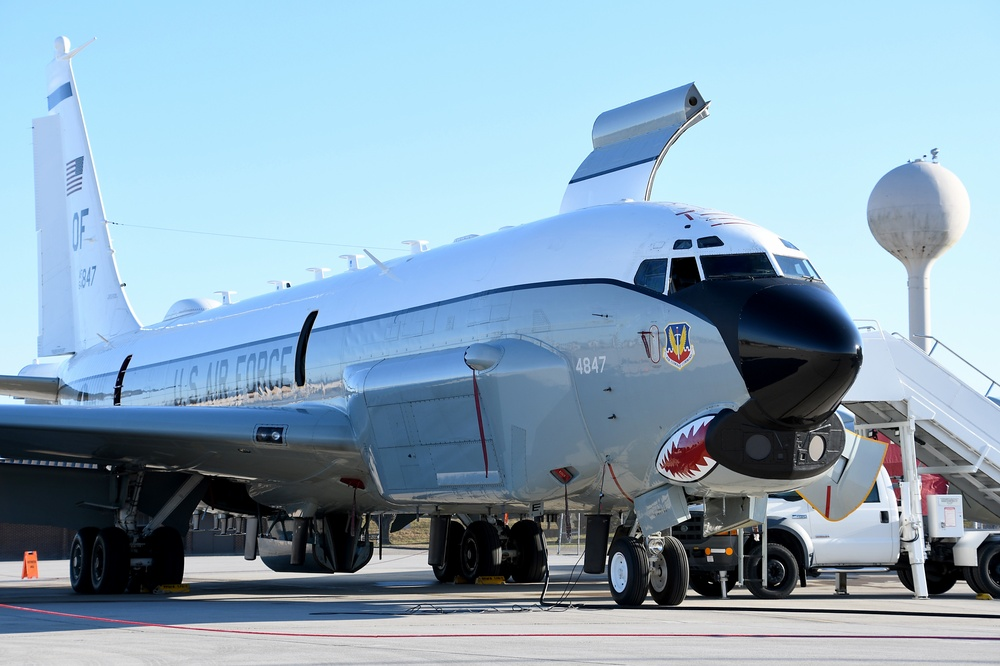
4. Mission and Capability Flexibility
OA-1K, as defined by L3Harris, is able to fly out to mission sites up to 200 miles and loiter for hours, aided by a “robust suite of radios and datalinks” for line-of-sight and beyond-line-of-sight communication. Its eight underwing pylon hardpoints can be loaded with precision-guided bombs, missiles, and sensor pods. AFSOC elaborates how easily the Skyraider II can be converted into a range of mission sets from border patrol to crisis response. Brig. Gen. Craig Prather even discussed its potential use along the south-west U.S. border as well as in African theaters as a sign of how versatile it is apart from generic counterinsurgency missions.
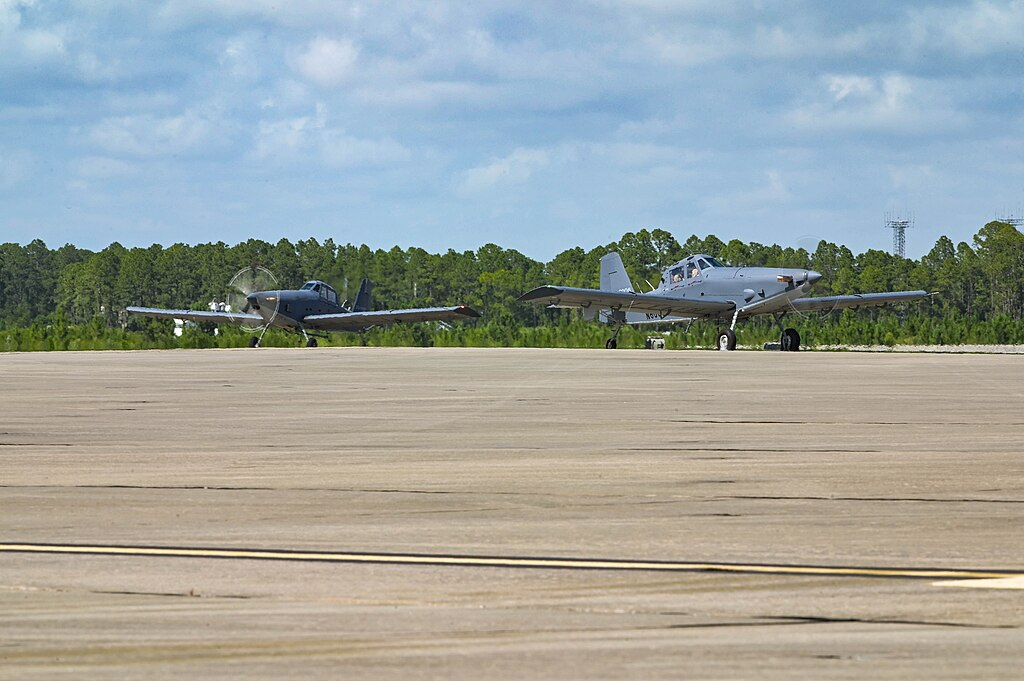
5. Procurement Cuts and Budget Pressures
Although the program of record is 75 aircraft, SOCOM has curbed near-term purchases for budget. Fiscal year 2026 plans currently account for only six aircraft, down from 12, following previous cuts. Only 45 will be contracted to be built by 2028. These reductions are part of a larger Pentagon pivot to simplify high-end combat readiness, particularly in the Indo-Pacific region, and away from the buildup of capabilities in permissive environments using aircraft. The Government Accountability Office assailed SOCOM for failing to distinguish between OA-1K requirements after the U.S. retreat from Afghanistan.

6. Industrial Expansion Amid Uncertainty
Even as production phased out, L3Harris doubled its Waco, Texas, facility for quicker deliveries and future upgrade capacity. The new hangar combines leading-edge manufacturing technology with missionization work efficiency, making the plant the hub of the Skyraider II program. The company leaders further indicate that the plant has allied order capacity, which would represent an export market. Congressman Pete Sessions welcomed the investment as economic and strategic and indicated that it would “revolutionize advancements on the battlefield” and bring in more revenue to the local economy.

7. Seeking a Role in a Shifting Strategic Context
The OA-1K concept emerged out of two decades of light attack prototyping during the Global War on Terror, when what was needed was lower-cost, lower-footprint aircraft. But as the Pentagon’s focus shifts to peer rivals, its mission becomes unclear. AFSOC commanders contend the plane still has gaps in areas such as the Middle East and Africa, where terror threats remain. Conley has suggested concepts for new mission sets, including signals intelligence and response to crisis. It is uncertain if such missions will provide long-term sustainability for the Skyraider II.

The Oklahoma OA-1K Skyraider II crash reminded us that even the sturdiest planes have their vulnerabilities at training and operations. The crash also testified, however, to the program’s strength, both in design and determination on the part of the program’s promoters. With budgets under strain and strategy shifting, the Skyraider II stands in a dilemma a tried, trusted multi-mission airplane, but still unsure of a single, narrow niche in the American airpower future.
